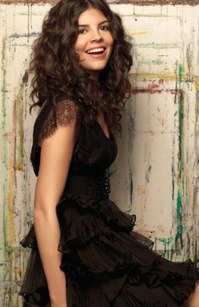Zawi Hawass, Secretary General of Egypt’s Supreme Council of Antiquities, wanted the current King Tut exhibition, which opens Friday at the Discovery Times Square Center, to be shown at the Metropolitan Museum of Art — as the 1979 show was (see here).
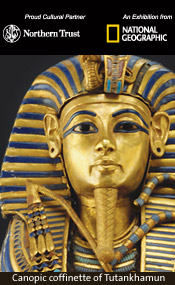 And he did have discussions, a few years ago, with Philippe de Montebello, then director of the Met. They could not agree on the costs/fees, and the Met stood down. That’s what Hawass said on Wednesday at the press briefing.
And he did have discussions, a few years ago, with Philippe de Montebello, then director of the Met. They could not agree on the costs/fees, and the Met stood down. That’s what Hawass said on Wednesday at the press briefing.
Of course it couldn’t work. PdM is adamantly against charging extra for special exhibitions — a policy with which I wholeheartedly agree — and Met’s admission is “suggested” at $20, not mandatory. Adult tickets for Tut are $27.50; for seniors, $25.50, and for children, 4-12, $17.50.
Hawass expects to take home $20 million from Tut’s NYC exhibition. The Met would not have delivered that sum. Nor would it, or should it, have accepted a show over which it did not have curatorial control.
This show, while no doubt having beautiful and interesting things to look at, seems to be more about commerce than coherence. It’s a fundraiser, and Hawass — as I said yesterday — makes bones about that. Good for him on that, even if he also believes that Tut “deserves” the Met.
Besides, there are other reasons Hawass should be happier where he — the mastermind of this expedition/exhibition — is. The Discovery Times Square space allows the artifacts to be spread out in a way that most museums could not accommodate. I have not seen the exhibition elsewhere on its travels — at the de Young Museum in San Francisco, the Los Angeles County Museum of Art or the Franklin Institute in Philadelphia, for example (prices in those cities were even higher — $36.75 in Philadelphia, as I recall). But I’d hope those museums did not give over as much space to this show as the DTSC does.
Here, the exhibit flows from one dark (that’s dramatic, theatrical lighting!) space to another, and there are several feet — or more — between displays. That’s good for the crowds: there will be timed tickets, and the organizers have planned for 250 people per half hour. But what would have had to be cleared out to make room for this kind of display?
The press packet contained attendance figures for the Tut tour so far (some estimates or rounded, clearly), minus the deYoung:
LACMA, June 16-Nov. 20, 2005: 937,613
Museum of Art, Ft. Lauderdale, Dec. 15, 2005-Apr. 23, 2006: 707,534
Field Museum, Chicago, May 26, 2006-Jan. 1, 2007: 1,044,743
Franklin Institute, Philadelphia, Feb. 3-Sept. 30, 2007: 1,370,000
O2, London, Nov. 17, 2007-Aug. 31, 2008: 1,096,473
Dallas Museum of Art, Oct. 1, 2008-May 17, 2009: 600,000
Fascinating!

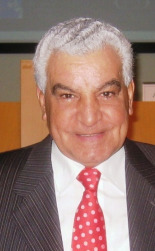 Before going to the press preview this morning for
Before going to the press preview this morning for 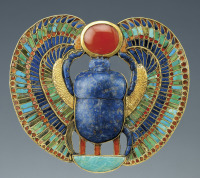 Then, when a Mexican reporter asked why Tut wasn’t going to Mexico City’s archaeological museum — he’d pick up on Hawass’s statement that he wished the exhibition were being held at the Metropolitan Museum, instead in of the grimy, commercial Times Square area — Hawass bluntly told him “you don’t pay anything.” Egypt needs the money from this tour, and the last time Egypt lent something to Mexico, it got beans, essentially.
Then, when a Mexican reporter asked why Tut wasn’t going to Mexico City’s archaeological museum — he’d pick up on Hawass’s statement that he wished the exhibition were being held at the Metropolitan Museum, instead in of the grimy, commercial Times Square area — Hawass bluntly told him “you don’t pay anything.” Egypt needs the money from this tour, and the last time Egypt lent something to Mexico, it got beans, essentially.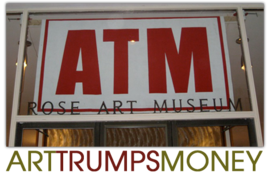
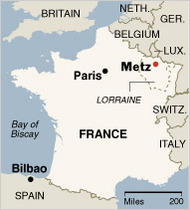 Last Friday, a New York Times
Last Friday, a New York Times 